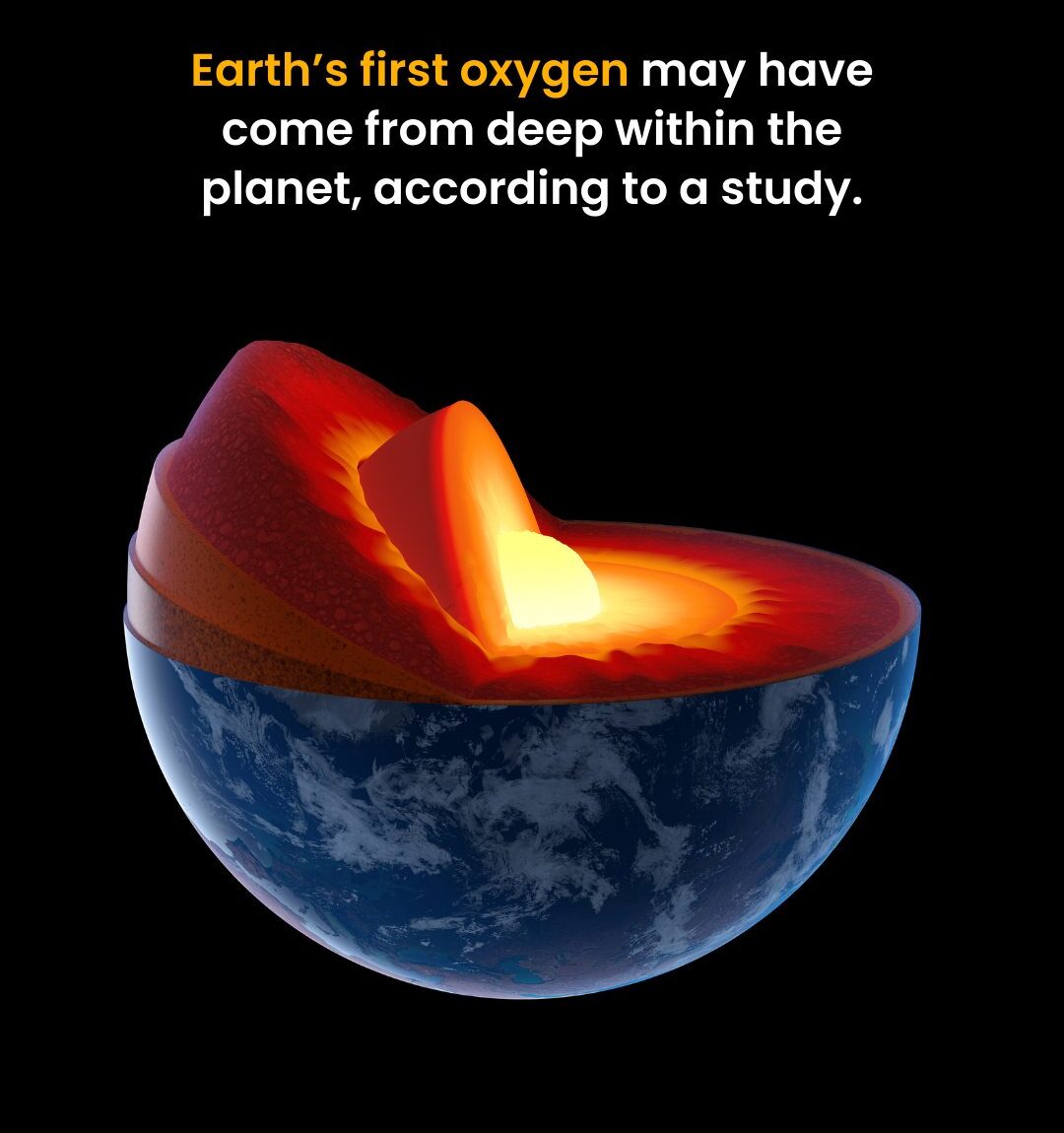A Surprising New Source Of Earth's Oxygen Discovered
“Earth’s Oxygen Discovered” A Groundbreaking Study Published In Nature Geoscience Reveals That Earth’s Early Oxygen May Have Come From Deep Within The Planet Itself—Via Volcanic Activity Linked To Plate Tectonics. While It’s Long Been Assumed That Atmospheric Oxygen Came Solely From Life, This Research Shows That Volcanic Eruptions Over 2.7 Billion Years Ago May Have Released Oxygen-Rich Gases Into The Air, Thanks To Oxidized Magmas Formed In Ancient Subduction Zones.

During The Archean Eon, Earth Was A Far More Alien World
Its Oceans Green, Its Sky Hazy, And Life Simple. Scientists Analyzed Ancient Volcanic Rocks From Canada’s Abitibi-Wawa Region And Found Evidence That Magmas Back Then Were Rich In Sulfur And Oxygen, Even Though Earth’s Oceans And Sediments Were Not.
Tiny Crystals
Using Tiny Crystals Called Zircons And The Sulfur Content Of Trapped Apatite Minerals, Researchers Discovered Signs That Subduction—The Process Where Ocean Crust Sinks Into The Mantle—Was Already Active. This Deep Recycling Brought Ocean Water Into The Mantle, Where It May Have Created Free Oxygen, Which Then Escaped During Eruptions.
Complex Life Billions Of Years Ago
These Findings Suggest That Tectonic Processes Not Only Shaped Continents, But May Have Played A Hidden Role In Earth’s Oxygenation—Helping Set The Stage For Complex Life Billions Of Years Ago.
Research Paper
Xuyang Meng Et Al., “Formation Of Oxidized Sulfur-Rich Magmas In Neoarchaean Subduction Zones”, Nature Geoscience (2022)
